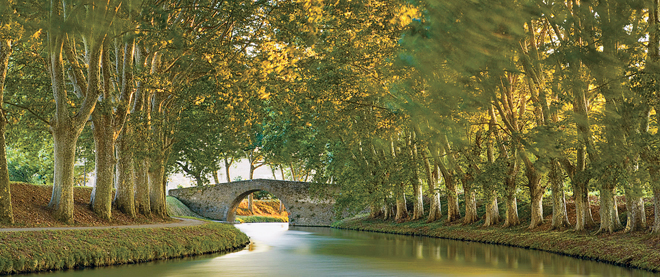Giving up to a U.S. invader in France
Because of disease, all of the Canal du Midi’s plane trees must be destroyed
John Lawrence/The Travel Library/CP
Share

The canopy of plane trees that guard the banks of France’s Canal du Midi have created such scenic vistas that UNESCO calls it a “work of art.” Now that beauty is under threat by an invasive fungus in what President Nicolas Sarkozy calls “a great tragedy.”
For five years, officials have tried to contain Ceratocystis platani—believed to have arrived on wooden American ammunition boxes during the Second World War—by cutting and burning diseased trees plus the surrounding healthy ones. But the disease kept spreading along the historic canal, a 360-km network of waterways built in the 17th century to connect the Mediterranean with the Atlantic.
Now France has admitted defeat. It will fell all 40,000 trees. The chopping and replanting with resistant varieties, costing an estimated $300 million, will be carried out gradually to avoid leaving bald spots on the waterway’s banks. However, it will be decades, if not centuries, before the new trees are mature enough to recreate the magical views.